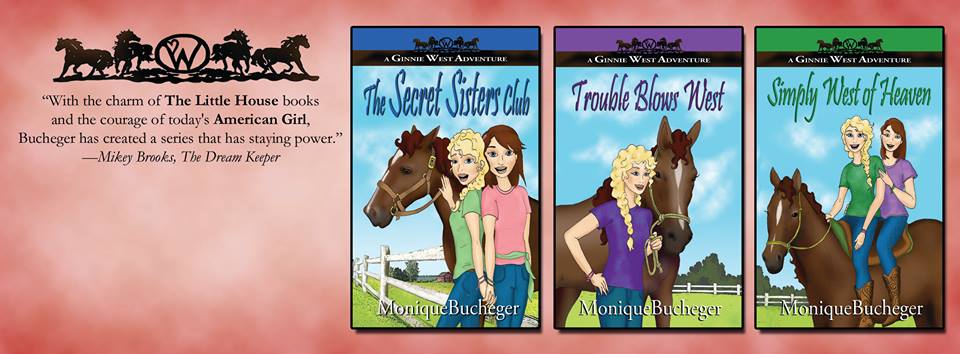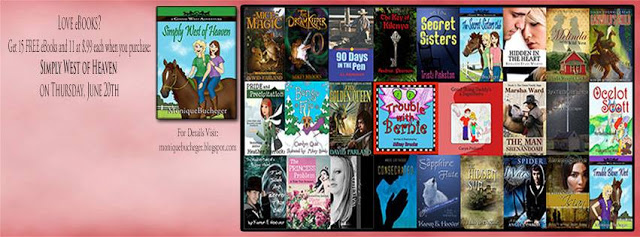I remember reviews of the Wii that compared it to the Xbox 360 and the PS3, when all three consoles were shiny and new. From a technical perspective, the Wii was an inferior console. It lacked entirely in capabilities that its competitors were counting on as differentiating selling points. Like millions of others, I still bought a Wii. In fact, the Wii sold so well that it dominated the competition for a number of years after its release. Why would a technically inferior console do so well?
Loyalty.
Nintendo holds a number of huge franchises that have always released a installment shortly after a new system’s release. On IGN’s top 25 Videogame Franchises list, Nintendo franchises occupy the top two spots (Mario and the Legend of Zelda) and a handful of the remaining twenty three spots.
Authorial franchises start with a series. With enough time, and if enough quality works are produced, the author’s name becomes the franchise, instead. Even one series with the popularity of one of Nintendo’s flagship franchises, the Legend of Zelda as an example, is enough to build a very successful career on. The question is, then, what can we learn from Zelda’s success?
#5. Successful franchises are cannon controlled.
To the best of my investigative skills, there has been neither a third party production of a Legend of Zelda game, nor a Legend of Zelda game produced for any system other than a Nintendo console since Nintendo started producing hardware. Why would the license holder of such a huge franchise do this? Isn’t Nintendo limiting their potential audience by not offering the game on PC or it’s competitor’s consoles? The answer is two-fold.
First, Nintendo does not want anyone other than Miyamoto and Tezuka (the games’ designers) working on the franchise, lest they muddle the cannon. The current prevailing theories as to the canonical timeline suggest at least three independent time streams. This milieu and wealth of plot is too complicated for anyone else to handle. One bad game, like one bad book, risks the entire franchise. As to the second point, a gamer must do business with Nintendo’s hardware branch to play a Legend of Zelda game. By limiting the availability of the game, Nintendo increases the profitability of all of its branches.
The Take Away: Upon establishing a successful series or franchise, it is essential to recognize the power of the IP represented therein. I need to be very, very careful who I allow to work on it and how it is distributed.
#4. Successful franchises use iconic imagery.
 To me, the Triforce is indelibly linked to the whole Legend of Zelda series. When I see that symbol, my mind automatically goes back to the games and how much fun I had playing them. And you know, doesn’t those three golden triangles mean that this game is also a Zelda game? Maybe I should stop walking through the mall and pay attention to that cutout in the window of the game store.
To me, the Triforce is indelibly linked to the whole Legend of Zelda series. When I see that symbol, my mind automatically goes back to the games and how much fun I had playing them. And you know, doesn’t those three golden triangles mean that this game is also a Zelda game? Maybe I should stop walking through the mall and pay attention to that cutout in the window of the game store.
Point being, the Triforce is an excellent branding piece for several reasons. First, it is strongly tied into the series, serving as a major focus for no less than six of the Zelda games. It appears as a design element in many of the other installments of the series. It’s a simple design that can be easily printed, embroidered, cast or otherwise incorporated into merchandise. I am able to recognize it from across a crowded game store. That’s some good branding.
The Take Away: If used properly, brands let me market my books, sell merch, and establish and communicate a reputation at a glance.
#3. Successful franchises inspire nostalgia.
The basic premise of a Zelda game is that a young boy from a rural village in Hyrule is called to save the world and sets out to explore a number of dungeons, killing monsters and collecting loot, until he faces off and defeats the ultimate evil of his time. It’s a Hero’s Journey, every time. Each game feels the same, and has the elements of puzzles and monster combat that I enjoy. The familiarity is comforting. Yet, there is enough variety in the storyline, treasures and items to collect, and milieu to explore, that it still feels fresh. The learning curve from one game to the next is shallow.
Nostalgia also has value in that it can generate sales. I remember, very fondly, my first game of the Majora’s Mask. Because I enjoyed that game, I bought and played the Ocarina of Time, which I also enjoyed. Each subsequent game has built up the nostalgic warm and fuzzies that I have for the Zelda franchise. The release of a new Zelda game has pushed me off the fence about buying a new console before.
The Take Away: Nostalgia is a powerful position from which to sell books. If a consumer looks at my name at the bottom of a new release, and is flooded with a sense of nostalgic enjoyment, the book is likely sold.
#2. Successful franchises have staying power.
The Hero’s Journey is one of the essential story archetypes that speaks to the human condition. It has resonated with people for thousands of years and continues to do so. I want to start the game with Link and gain power enough to kill the ultimate evil of the day. I can play, and read, that storyline over and over again, and never get bored so long as there is enough variety in other aspects.
Wise selection of archetypes is not the only element that can give staying power to a series. One of my favorite things about a Legend of Zelda game is the underlying philosophy that serves as the theme for the game. In Majora’s Mask, the world is destroyed at the end of the third in-game day, so you are forced to time travel back to the dawn of the first day repeatedly. Whenever I play this game as an adult, I can’t help but ruminate afterwards about the nature of time, how I live my life and what I would do over if I had the chance. In the Twilight Princess, the game focuses on the concept of twilight as the border of light and dark, and this imagery is dragged throughout the game’s other aspects. To me, this speaks to the idea that the world is both bright and dark, and that, most of the time, we live in a world of moral greys.
The Take Away: There isn’t one method to give staying power to a series, but it is essential for a series to have the endurance to become a successful franchise, none the less.
#1. Successful franchises have consistently high quality.
I didn’t start at the beginning of the Zelda franchise. I started with Majora’s Mask, then went backwards in the release chronology. I then follow the series to this day. If Majora’s Mask had been the one bad game in the series, I would have done neither. There are some other franchises which I started from the beginning, but ended up dropping mid-series due to a single bad installment. When I build a franchise, what I’m really doing is building a brand, and for that brand to continue living, I must be sure that I deliver quality work, every time.
The Take Away: If I’m disappointed by the quality of a single installment, I may not come back. Franchises trade on their name and upon garnered authorial trust.



